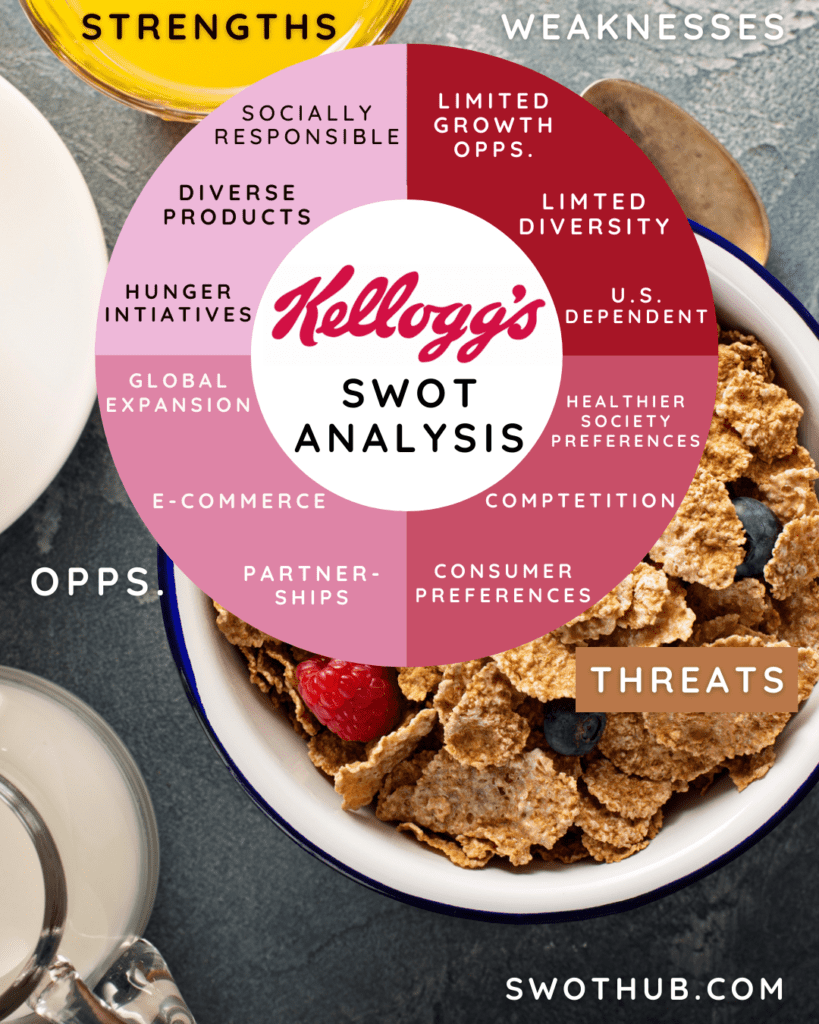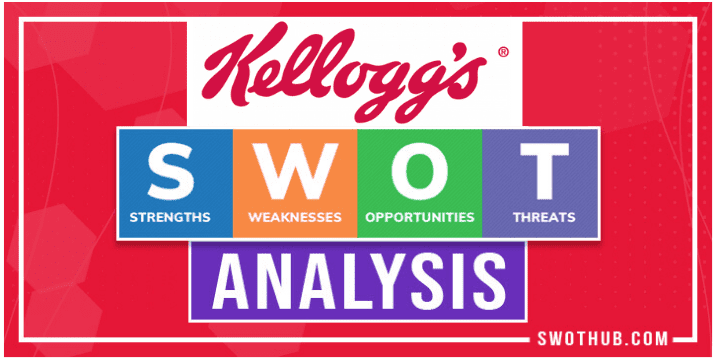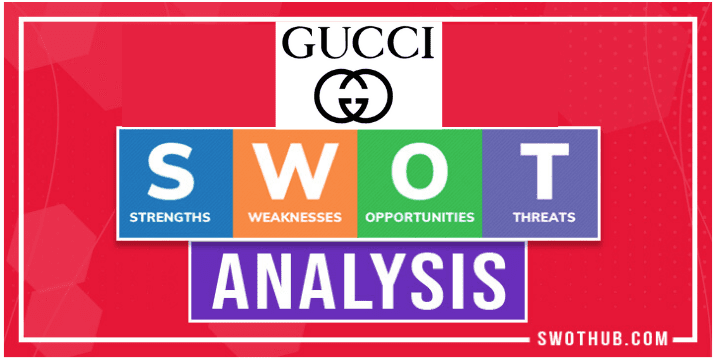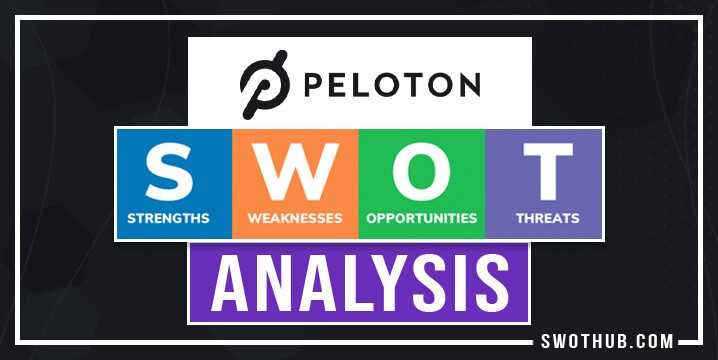Americans love their breakfast cereals, snacks, and portable foods! In this Kellogg SWOT analysis, discover the history of the Kellogg brothers and the start of their iconic cornflakes cereal. After over one hundred years, Kellogg competitors have spared no expense to compete against the famous cereal company. Take a look at Kellogg’s strengths, weaknesses, and, of course, threats in this SWOT analysis for Kellogg.
Table of Contents
Kellogg History
Kellogg is a multinational manufacturing company that produces popular cereals and convenience foods. The company was founded in 1906 by Will Keith Kellogg, who was initially a part of the Battle Creek Sanitarium, where he worked alongside his brother, John Harvey Kellogg.
The Kellogg brothers were known for their emphasis on vegetarianism and whole-grain foods and their interest in health and nutrition. They developed “Granose,” a flaked cereal made from wheat, in 1894. Will Keith Kellogg, however, made the breakthrough in 1906 when he unintentionally invented the first corn flake. The company was first called Battle Creek Toasted Corn Flake Company, was later renamed Kellogg Toasted Corn Flake Company, and finally, in 1922, became Kellogg Company.
Kellogg started making and selling cornflakes in the early 20th century, quickly gaining popularity among Americans. Over time, the business expanded its product lineup to include convenience foods like Pop-Tarts and Eggo waffles, as well as cereals like Rice Krispies and Froot Loops.
Kellogg is significant today in the business world as one of the largest food manufacturers in the world. Its products are sold in more than 180 countries, and the company employs over 30,000 people globally. Kellogg has also been involved in various corporate social responsibility initiatives, including sustainability and hunger relief efforts.
SWOT Analysis Kelloggs At a Glance
| Company | Kellogg’s |
| Industry | Food |
| Founder | Will Keith Kellogg |
| Year founded | 1906 |
| CEO | Steve Cahillane |
| Headquarters | Battle Creek, Michigan |
| Number of employees | 31,000 (2022) |
| Revenue (FY 2022) | US $15.32 Billion (2022) |
Kellogg Brands
Kellogg has been creating cereal and snacks for over one hundred years and in this Kellogg SWOT analysis their most popular and successful products include:
- Kellogg Corn Flakes: This was the first product that Kellogg produced, and it is still one of its most successful brands.
- Frosted Flakes: A sweetened version of Corn Flakes that has been popular since it was introduced in 1952.
- Special K: A line of cereals and snack bars that are marketed as weight-loss cereal.
- Rice Krispies: A cereal made from puffed rice that is known for the “snap, crackle, and pop” sound it makes when milk is poured on it.
- Pop-Tarts: A toaster pastry that comes in a variety of flavors and is often eaten for breakfast or as a snack.
- Eggo: A line of frozen waffles that are popular for breakfast.
- Pringles is a brand of stackable chips made from potatoes and wheat that Kellogg purchased in 2012.
Kellogg SWOT Analysis:
A SWOT analysis is a framework used to assess a company’s competitive situation and to create strategic planning. By taking Kellogg’s strengths and opportunities into account, we may better gain in-depth knowledge about Kellogg’s company. In this article, we’ll be taking a look at Kellogg SWOT framework to better understand its competitive position and potential for future growth. See how Kellogg’s competitors fare against them and learn about Kellogg’s strengths, weaknesses, opportunities, and Kellogg threats.
Kellogg SWOT Analysis Strengths:
One of the best representations of Kellogg’s strengths is deciding to split their company. In 2021, Kellogg announced that it would be splitting into three separate companies in an effort to focus more on its core businesses and improve its overall performance. Here are the reasons why Kellogg wants to split:
Streamlining Operations: In this Kellogg SWOT analysis, we can see it has grown significantly over the years and has acquired many different brands and businesses. By splitting into three separate companies, Kellogg can streamline its operations and focus on its core businesses.
Increased Focus: The three new companies will be focused on different areas of Kellogg’s business. One will focus on North American cereal and snacks, one will focus on frozen foods, and one will focus on international businesses. By separating these businesses, each company can focus on its core strengths and be more competitive in its respective markets.
Improving Performance: In this Kellogg SWOT analysis, Kellogg has faced some challenges in recent years, including declining sales in some of its brands. By splitting into three companies, Kellogg hopes to improve the performance of each business and increase its overall profitability.
Shareholder Value: Splitting into three separate companies can create more value for shareholders by unlocking the potential of each business and making it more attractive to investors.
Other Kellogg Strengths in a SWOT analysis are:
Corporate Social Responsibility: Kellogg has implemented various corporate social responsibility initiatives, such as sustainability and hunger relief efforts, which can help enhance its brand reputation and appeal to socially conscious consumers.
Diverse Product Line: Kellogg offers a diverse range of products, including cereal, snacks, and frozen foods, which helps it reach a wider range of consumers.
What are the Weaknesses of Kellogg in the SWOT Analysis?
Here are some of Kellogg weaknesses in a SWOT analysis against its competitors:
Dependence on Cereal: Despite offering a diverse range of products, Kellogg still heavily relies on cereal sales, which can be affected by changing consumer preferences and competition
Limited Growth Opportunities: The mature nature of the cereal and snack markets can limit Kellogg growth potential, especially compared to newer and more innovative competitors. Kellogg’s has created a milk-less cereal that only requires water.
Strong Competition: Kellogg faces strong competition from many other food and beverage companies, which can make it difficult to maintain market share and profitability.
High Dependence on North American Market: Kellogg generates a significant portion of its revenue from the North American market, which makes it vulnerable to changes in the region’s economic conditions and consumer preferences.
Limited Diversification: While Kellogg offers a diverse range of products, its portfolio is still relatively limited compared to some of its competitors, who have expanded into non-food businesses and other sectors.

Kellogg SWOT Analysis Opportunities:
Here are some of Kellogg’s opportunities in a SWOT analysis against its competitors:
Expansion into Health and Wellness: With increasing consumer awareness and interest in health and wellness, Kellogg has an opportunity to expand its product offerings in this segment, such as with the introduction of new plant-based and organic options.
Acquisition or Partnership: To diversify its portfolio and expand its product offering, Kellogg may think about partnering with or purchasing additional businesses. For instance, the manufacturer of healthy snack bars, RXBAR, was recently acquired by Kellogg.
Global Expansion: Kellogg can continue to expand its presence in emerging markets with a growing middle class and demand for convenience foods.
E-commerce: The rise of e-commerce and online grocery shopping presents an opportunity for Kellogg to expand its reach and offer direct-to-consumer options.
Sustainable and Environment-Friendly Initiatives: With the increased focus on environmental sustainability around the world, Kellogg can develop eco-friendly products and implement sustainable practices throughout its supply chain, appealing to customers who place a high value on these principles.
Kellogg SWOT Analysis Threats:
In a SWOT analysis of Kellogg they face the following threats from competitors:
Changing Consumer Preferences: Consumers’ changing preferences towards healthier and organic food, plant-based diets, and convenience food alternatives can impact Kellogg sales of traditional cereals and snacks.
Economic Instability: The global economic environment can impact consumer spending and lead to changes in demand for Kellogg products, particularly in regions where the company has a high dependence.
Regulatory Challenges: The food industry is heavily regulated, and changes in regulations and standards can increase costs and limit Kellogg ability to sell certain products.
Supply Chain Disruptions: Natural disasters, transportation issues, and other supply chain disruptions can impact Kellogg ability to produce and distribute its products.
Intense Competition: Kellogg faces intense competition from numerous large and small food and beverage companies, who can create similar products at a lower cost or with more appealing packaging and marketing.
Kellogg Competitors:
Kellogg faces competition from many other food and beverage companies, including:
General Mills: A significant rival of Kellogg is General Mills, which manufactures goods like cereal and snack bars. It’s successful marketing of healthy and organic products, including labels like Annie’s and Cascadian Farm, is one of its advantages over Kellogg.
Nestle: Nestle is a Swiss multinational food and beverage company that produces a wide range of products, including cereal and snack bars. One of its strengths over Kellogg is its global presence, with a strong market position in many regions of the world.
PepsiCo: A substantial multinational food and beverage company called PepsiCo makes a variety of goods, such as cereal and snack bars. Its diversification into non-food industries, like beverages, is one of its advantages over Kellogg and can help make up for any weaknesses in its food business.
Kraft Heinz: Cereal and snack bars are just two of the many products that the multinational food and beverage company Kraft Heinz makes. Comparing it to Kellogg, it has the advantage of putting more emphasis on cost-cutting and operational efficiency, which can result in higher profitability.
Post Holdings: One of Kellogg’s competitors in the cereal and snack bar market is Post Holdings. Its emphasis on innovation, with a variety of new products that address shifting consumer preferences like plant-based options, is one of its advantages over Kellogg.
Each of these Kellogg competitors has different strengths and weaknesses compared to Kellogg, and it is up to Kellogg to continually innovate and adapt to remain competitive in the market.
Kellogg SWOT Analysis: Conclusion and Recommendations:
In conclusion, Kellogg is a well-established company in the food and beverage industry, facing both challenges and opportunities in the market. Kellogg decision to split into three companies is a strategic move that can help the company improve its focus, streamline operations, and create more value for shareholders. While the company faces weaknesses such as dependence on cereal sales and strong competition, it also has opportunities in health and wellness, global expansion, and sustainable initiatives.
FAQs for Kellogg
1. What are Kellogg’s threats?
Kellogg’s faces threats from increasing raw material costs, intensifying competition, changing consumer preferences towards healthier options, and potential supply chain disruptions.
2. What is Kellogg’s competitive advantage?
Kellogg’s holds a competitive advantage through its strong brand recognition, extensive distribution network, diverse product portfolio, and significant investment in marketing and research & development.
3. Who are competitors for Kellogg’s?
Kellogg’s main competitors include General Mills, Post Holdings, PepsiCo (specifically its Quaker Oats division), and Nestlé, all competing in the cereal and snack food markets.
Kellogg also faces threats from changing consumer preferences, economic instability, regulatory challenges, and supply chain disruptions. By leveraging its strengths and opportunities while mitigating its weaknesses and threats, Kellogg can continue to succeed in the highly competitive food and beverage industry.





